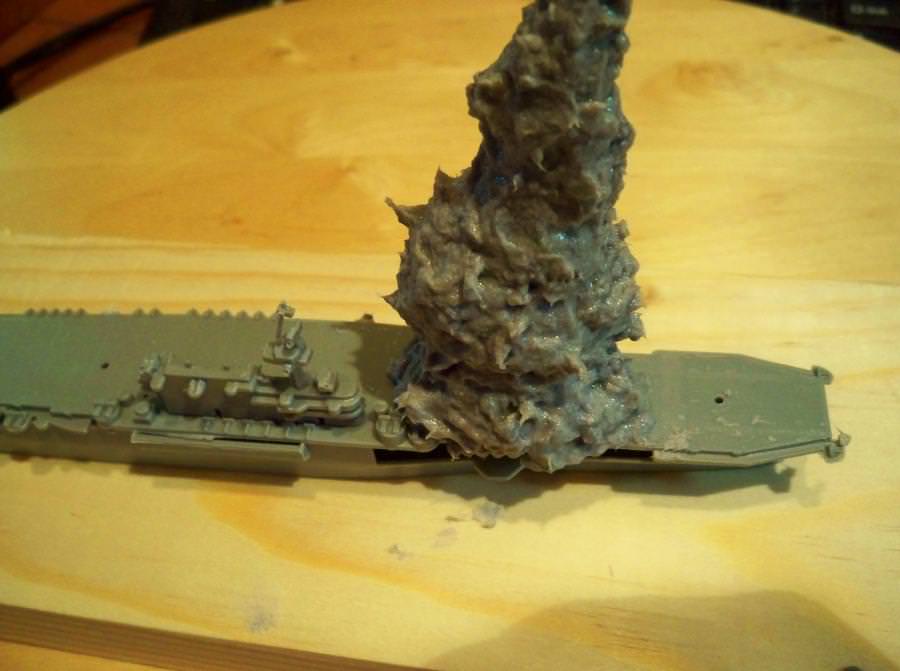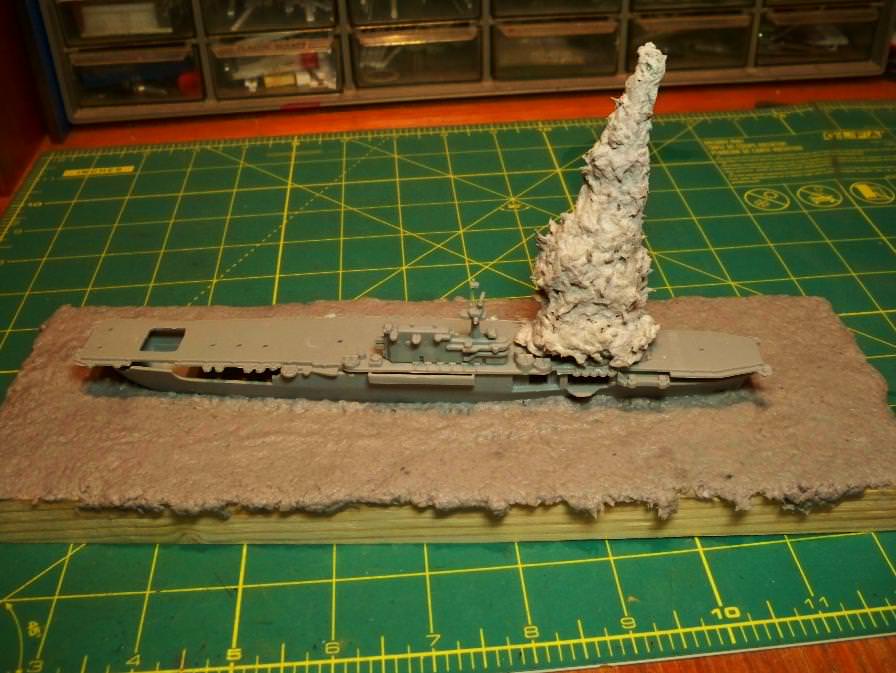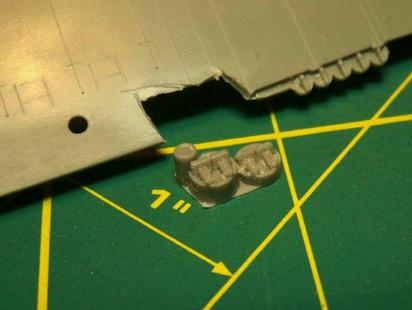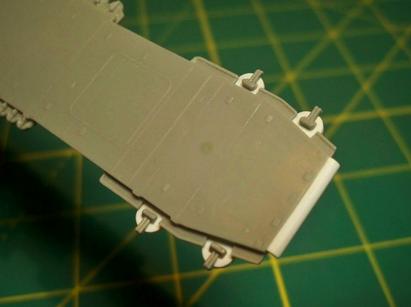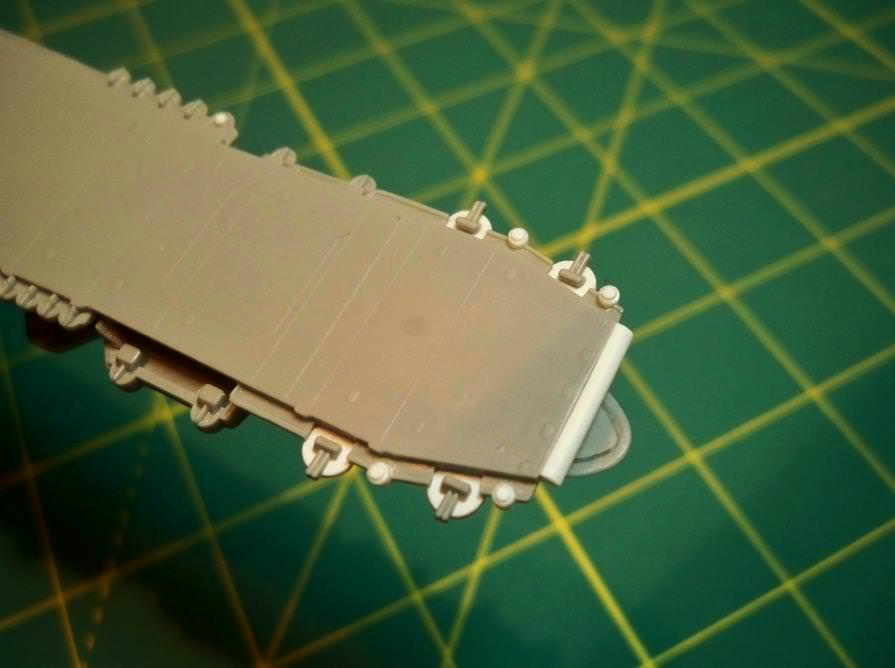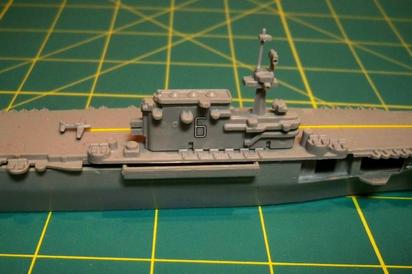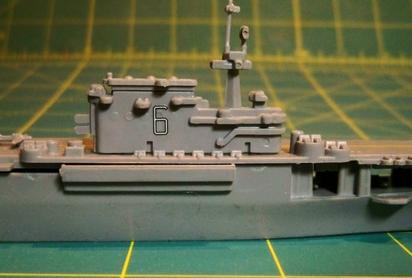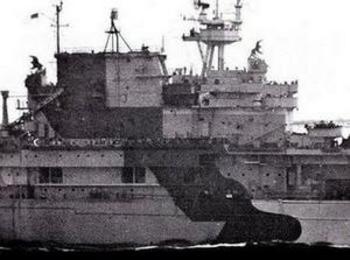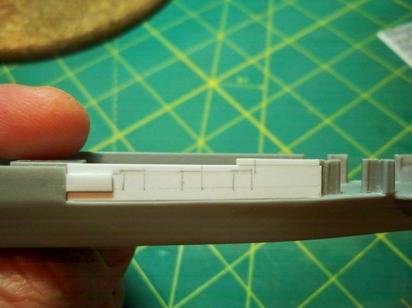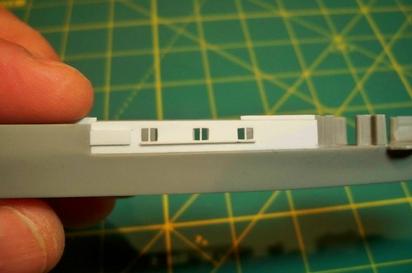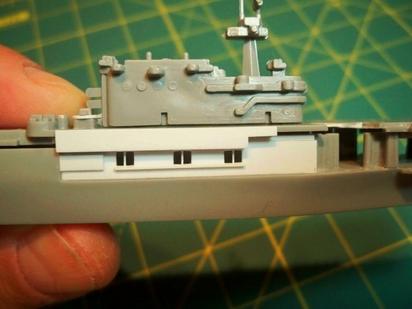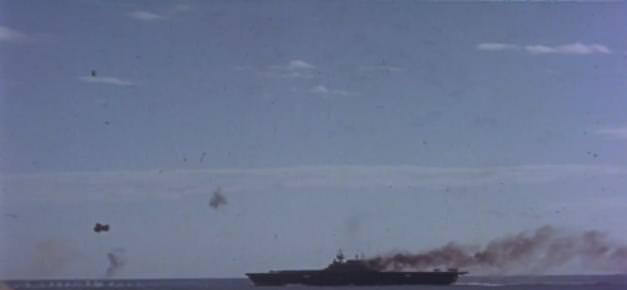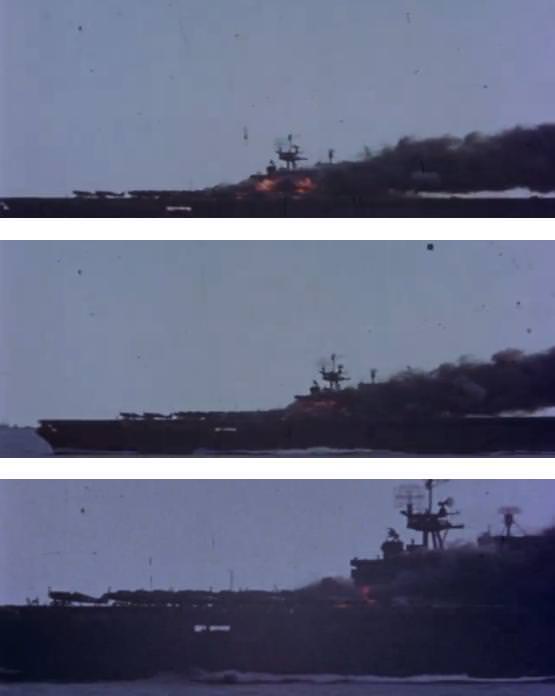Ok, my Enterprise arrived yesterday and I'm ready to start on her. This one is the very simple Revell 1/1200 scale kit. I intend to build the model out of the box with minimal, if any, modifications—since I have only have a month to finish!
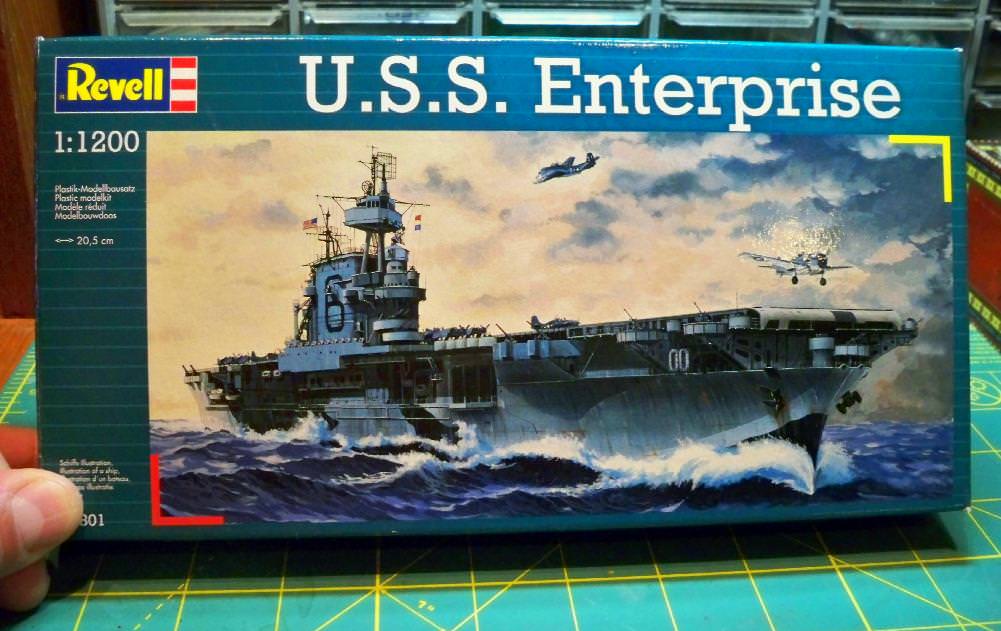
There’s a 2004 date on the Revell Germany instructions, but this little Enterprise is actually a repop of a much older molding. The model first appeared as a pre-assembled "Mini-Ships" toy by the Italian company Casadio in the early 1970s:
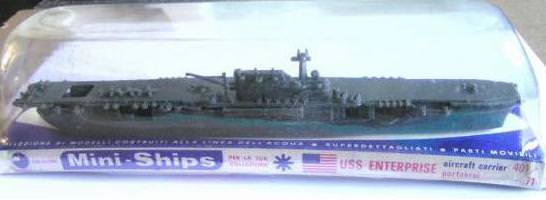
It has has also been marketed variously over the years by ESCI (Italy), Almark (England), Sablon (France), Model Power, MPC (USA), and probably others. It is a very simplified, snap-together model/toy intended for quick building, probably with wargamers in mind. Interestingly, it was designed to be issued as Enterprise's near-sisters Yorktown (CV-5) and Hornet (CV-8) as well, with a number of differences in each issue such as alternate airplanes, armament, different islands, even differently positioned elevators. I built the Hornet version with B-25s a few years ago, had a lot of fun with it.
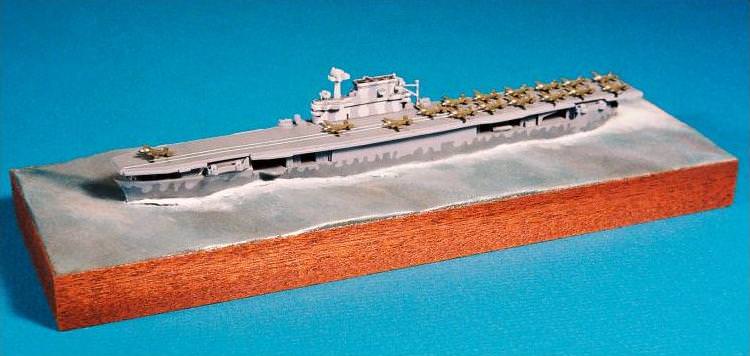
The model is quite simple, so I was able to test fit the basic hull, hangar, flight deck, and island pieces together pretty quickly. Like the related Yorktown and Hornet kits, Casadio’s old Enterprise has a mix of features from all three sisters, and so none of the kits is entirely correct for any one ship. Also, while the detail that is present is generally correct, much of it is a bit mushy. That’s ok, though, as it will help me to not worry about getting every detail right and just have fun with it!
Having resolved to avoid the superdetailing trap, I still want to do something interesting with the model. I thought it might be cool to make a diorama depicting the famous May 14, 1945 Kamikaze strike that took Enterprise out of the war.
According to the USS Enterprise - The Most Decorated Ship of the Second World War website:
“On April 11, 1945, for the second time in less than a month, Enterprise was again attacked. Two Kamikazes crashed within yards of her, wrenching her hull, killing one, and wounding 18. Again Enterprise withdrew to Ulithi for repairs: again, three weeks later, she returned to combat off Okinawa. On May 11, the Kamikazes returned, this time catching Admiral Marc Mitscher's flagship Bunker Hill CV-17 with a deckload of planes. Bunker Hill was still afire when Mitscher transferred his Flag to Enterprise. Striving to end the Kamikaze attacks - costing the Navy "a ship and a half a day," in Admiral Nimitz's words - on May 12 Enterprise launched a night strike against Kyushu, targeting air fields and port facilities.
"Two days later, however, inbound Kamikazes once more began filling the fleet's radar screens shortly after sunrise. One of the planes penetrated the destroyer screen, hopping from cloud to cloud, carefully avoiding the anti-aircraft barrage and patrolling fighters. Shortly before 0700, the bomber dove on Enterprise, flipped over and plunged through Enterprise's flight deck just aft of the forward elevator.”
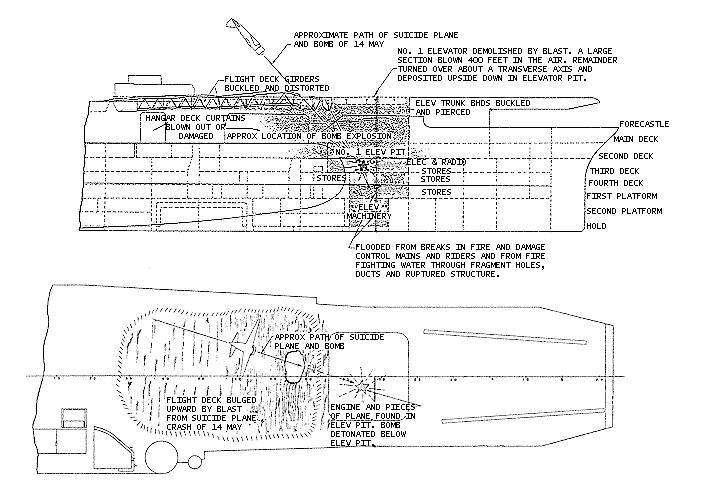
USS Enterprise 14 May 1945 Damage Report

Now I just need to figure out a way to replicate that dramatic explosion plume. Any ideas...?













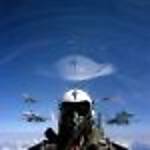


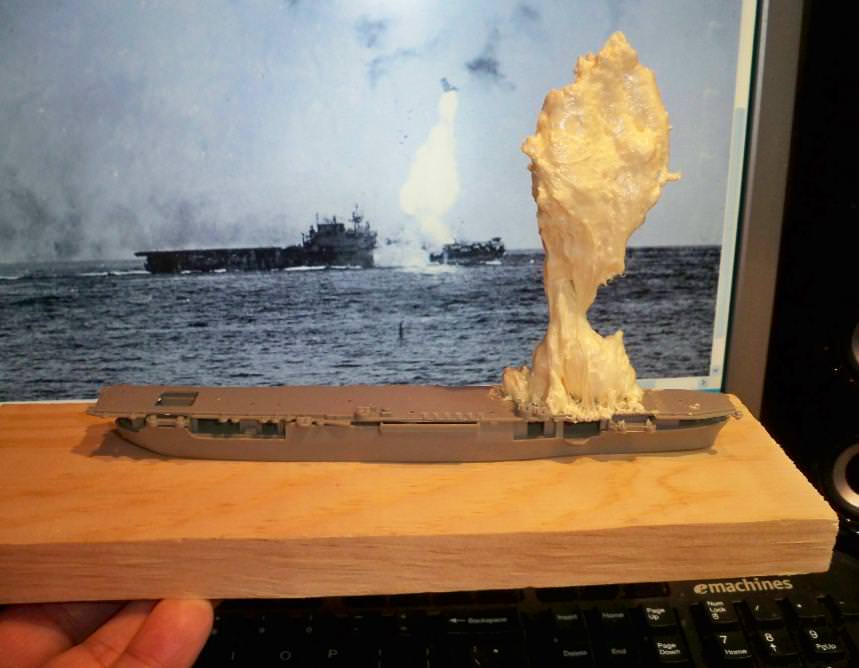
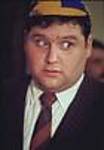



 ]
]

